This review is taken from PN Review 164, Volume 31 Number 6, July - August 2005.
on the Ahadada Reader 1
Alan Halsey, John Byrum, Geraldine Monk, Alan Halsey, John Byrum, Geraldine Monk, Ahadada Reader 1 (Ahadada Books) £
In Louis Althusser's essay 'Ideology and Ideological State Apparatuses', the 'Aha!' signifies the moment of recognition, where the subject is interpellated into the prevailing ideology. In Christianity, for example, the subject recognises himself in God - on the understanding that those who have recognised God will be saved. Ahadada Reader 1 brings together experimental poetry by three writers, Alan Halsey, John Byrum and Geraldine Monk, who recognise themselves in the anti-poetry and anti-art of Dada, typified by Marcel Duchamp's Mutt urinal of 1917, reproduced on the back cover.
Duchamp's urinal was recently voted most influential artwork of the twentieth century in a Turner Prize poll. Essentially, as with all his ready-mades, Duchamp's strategy was to take non-art and by placing it in a gallery context question our assumptions about what art might be. Alan Halsey's 'Errata to a poem translated from Anglo-English into Anglo-English' adopts a similar strategy:
For 'imagery' read 'injury'
For 'buckshee' read 'banshee'
For 'faculty' read 'faulty'
For 'fifty thousand times as many solipsists' read 'flag'
For 'immunity' read 'immunition'
For 'marginalien' read 'marginalien'
Other pieces, such as 'Some verses by John Aubrey edited from the MS', are collage poems in a tradition that stretches back to Tristan Tzara; others again, such as 'A life of the author of "The Pursuits of Literature"', appear to undermine the very raison d'être of poetry. From Genesis to Seamus Heaney ...
The page you have requested is restricted to subscribers only. Please enter your username and password and click on 'Continue':
If you have forgotten your username and password, please enter the email address you used when you joined. Your login details will then be emailed to the address specified.
If you are not a subscriber and would like to enjoy the 292 issues containing over 11,700 poems, articles, reports, interviews and reviews,
why not subscribe to the website today?
